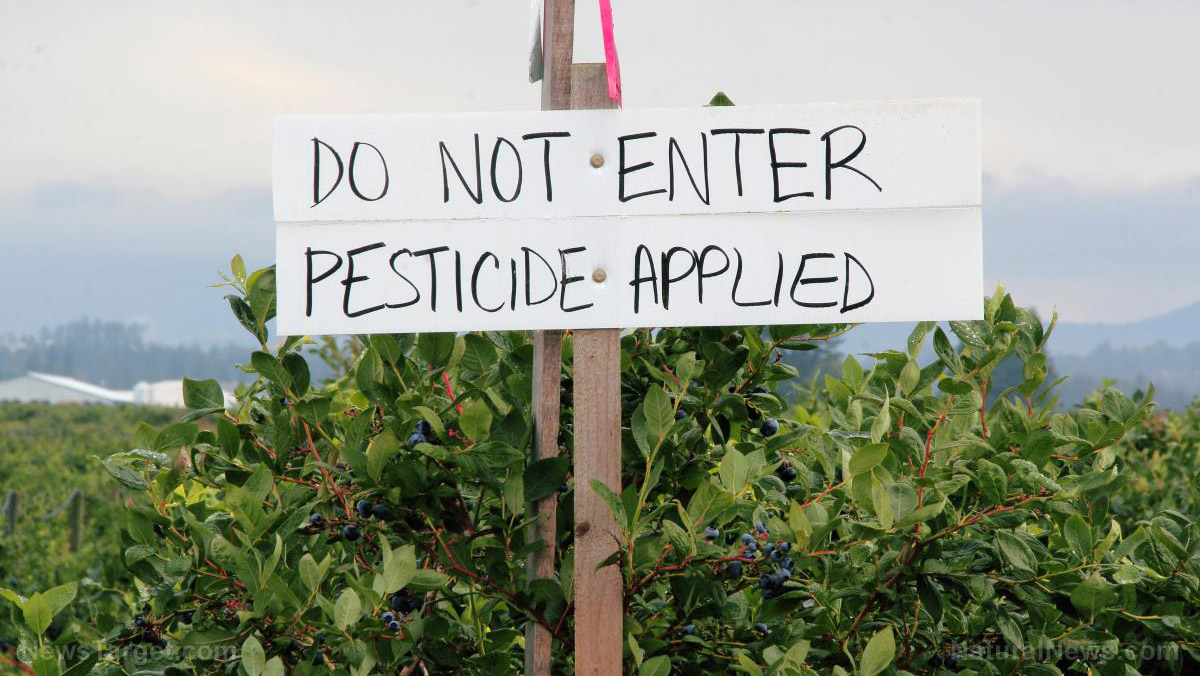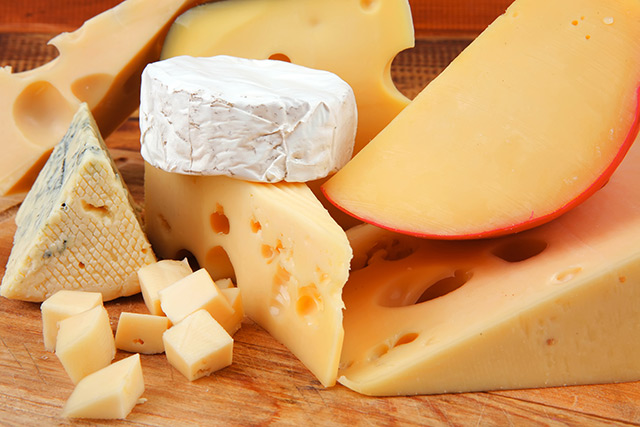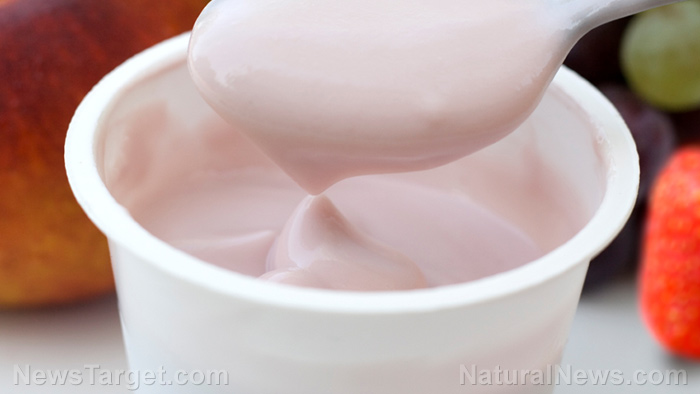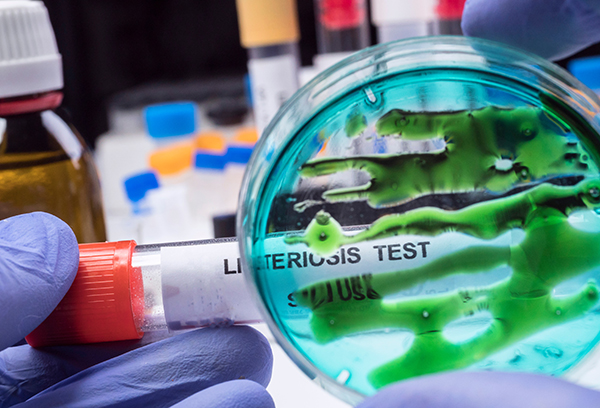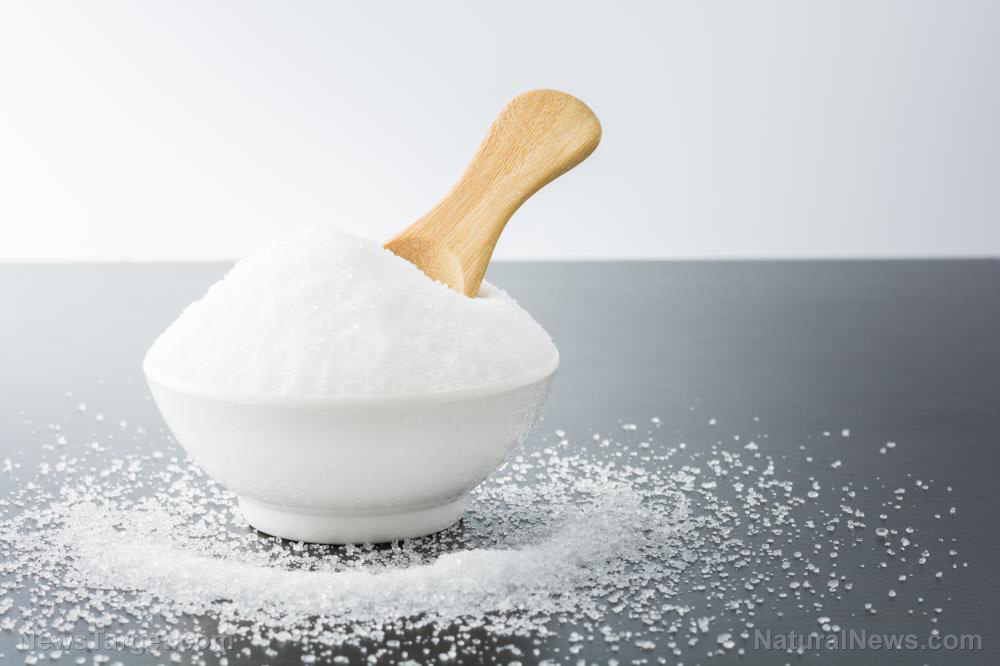The ultimate gut-healthy grocery list to boost Akkermansia and Clostridium – the natural path to glp-1
07/22/2025 / By Lance D Johnson
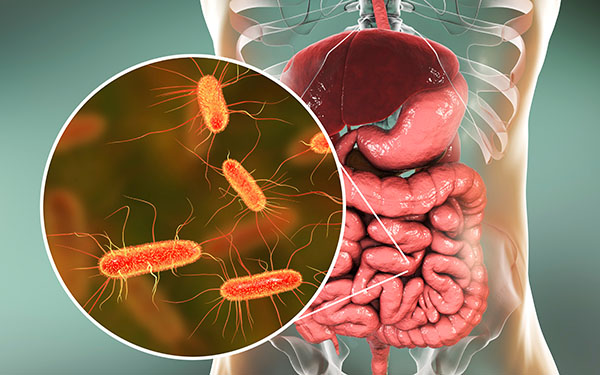
Imagine walking through the aisles of your local grocery store, armed with the knowledge that the items you pick can not only nourish your body but also activate a powerful hormone in your gut. This isn’t just a dream; it’s a reality. According to microbiologist and biochemist Colleen Cutcliffe, Ph.D., founder of Pendulum Therapeutics, the secret to metabolic health might be right in your kitchen. By understanding and nurturing your gut microbiome, you can boost your body’s natural production of GLP-1, a hormone that plays a critical role in appetite regulation, energy levels, and glucose metabolism.
Key points:
• GLP-1 is a natural hormone that helps regulate appetite and glucose metabolism.
• Two key bacterial strains, Akkermansia muciniphila and Clostridium butyricum, support GLP-1 production.
• A fiber-rich diet, polyphenol powerhouses, quality proteins, and dietary diversity are essential for gut health.
The microbiome-glp-1 connection you need to know
Before GLP-1 became a buzzword in the health industry, Cutcliffe was deeply involved in the science. Her journey began in the NICU, where her daughter, born eight weeks prematurely, received multiple rounds of antibiotics. This experience sparked her passion for understanding how the gut microbiome influences long-term health.
“GLP-1 is a natural hormone your body produces after you eat,” she explains. “It signals to your brain that you’re full and helps your body metabolize sugar.” While synthetic GLP-1 drugs mimic this process, your body is already designed to do this, provided your microbiome is in good shape.
What many people don’t realize is that it’s the gut microbiome that stimulates GLP-1 production. “You might not be making the right amount of GLP-1 hormone because you’re missing these microbes,” Cutcliffe notes. Two key bacterial strains—Akkermansia muciniphila and Clostridium butyricum—are particularly important for GLP-1 production. These microbes support the body’s ability to release GLP-1, which in turn helps regulate hunger signals, maintain stable blood sugar, and improve metabolic efficiency.
Why akkermansia is the microbial MVP
Akkermansia stands out as a keystone commensal bacteria strain in the gut. Not only does it support GLP-1 production, but it also strengthens the gut lining—critical for reducing inflammation and maintaining immune and metabolic health. “If you think about your gut lining like a wooden fence with planks held together by glue,” Cutcliffe explains, “Akkermansia is constantly stripping away old glue and putting up new glue to keep your fence strong.”
Without enough Akkermansia, that “fence” can start to break down, allowing harmful molecules into the bloodstream and increasing the risk of everything from food sensitivities to metabolic dysfunction.
Feed your microbiome: the ultimate glp-1 grocery list
Ready to stock your kitchen with GLP-1-boosting foods? Here are the best choices, according to science:
1. Focus on fiber-rich foods
- Leafy greens (collards, kale, spinach)
- Cruciferous vegetables (broccoli, Brussels sprouts)
- Jerusalem artichokes (sunchokes)
- Asparagus
- Flax seeds
“Foods that are high in fiber increase the amount of Akkermansia in your microbiome,” says Cutcliffe.
2. Prioritize polyphenol powerhouses
- Berries (raspberries, blueberries, blackberries)
- Pomegranates
- Green tea
- Cranberries
Polyphenols are plant compounds that nourish beneficial gut bacteria.
3. Include quality proteins
- Lean meats (chicken, turkey)
- Fish (salmon, sardines)
- Eggs
“Akkermansia actually thrives off of mucin, which is a meat byproduct,” Cutcliffe notes. Including a variety of clean, whole-food proteins can support microbial diversity and function.
4. Embrace dietary diversity
Mix it up: Don’t eat the same thing every day.
A diverse diet, rich in different fibers, polyphenols, and proteins, is essential for building a resilient microbiome that can adapt, thrive, and support your metabolic health over time.
This emerging field of microbiome science offers a refreshing, empowering shift. Instead of relying on external medications, you can support your body from within by building meals around gut-nourishing foods. The result? A more balanced metabolism, greater energy, fewer cravings, and long-term resilience that no quick fix can match.
Sources include:
Submit a correction >>
Tagged Under:
Akkermansia muciniphila, Antibiotics, appetite regulation, biochemist, Clostridium butyricum, dietary diversity, fiber-rich foods, GLP-1, glucose metabolism, gut health, gut lining, hormone balance, hormone signaling, immune health, inflammation, long-term health, metabolic health, microbiologist, microbiome, natural hormone, NICU, nutrient assimilation, polyphenols, quality proteins
This article may contain statements that reflect the opinion of the author
RECENT NEWS & ARTICLES
COPYRIGHT © 2017 GROCERY NEWS











